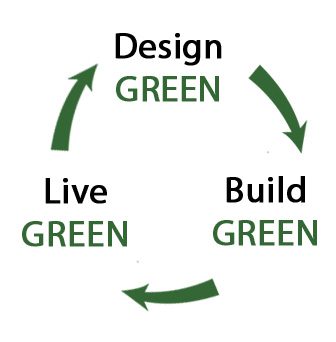MERV Ratings and Their Impact on Air Filtration

Indoor air quality is one of today’s hottest topics when it comes to homebuilding. As homes have become more energy-efficient, they’ve become tighter envelopes. So, what does that mean for your home’s indoor air quality?
We came across this great article on NAHB’s website. If you’re interested in building a green, sustainable home, this is a solid read.
As crises such as COVID-19 and wildfires impact the country, chances are more clients are asking about indoor air, health and safety in the home. Many NAHB members are already using various construction techniques, such as active radon mitigation systems and installing low- or no-volatile organic compound (VOC) materials, to set themselves apart in the market and improve indoor air quality (IAQ) in the homes that they build. How can you effectively talk about air filtration and ventilation, particularly when these issues are top of mind for customers during the pandemic?
To start, it is important to understand how the Minimum Efficiency Reporting Value (MERV) rating system for air filters works. MERV ratings range from 1 to 20, with 1 being minimal filtration and 20 being the highest efficiency and maximum filtration on the scale. Ratings are determined by ANSI/ASHRAE Standard 52.2. READ MORE

